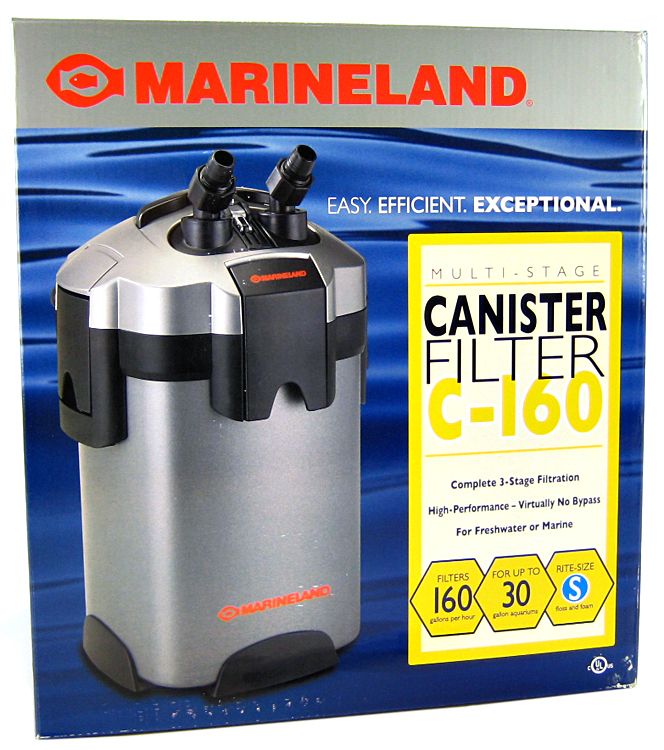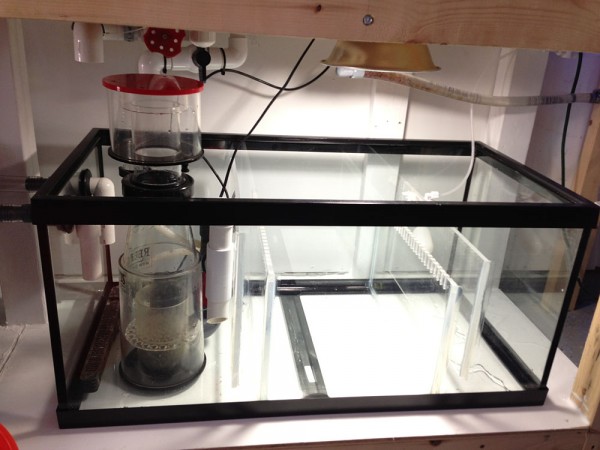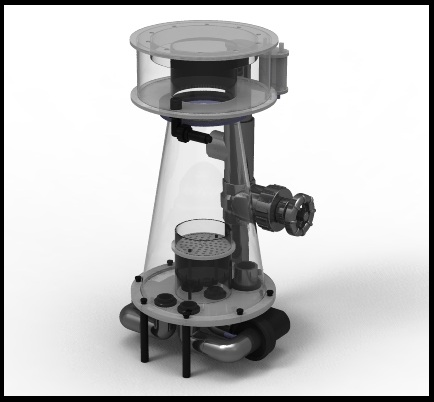FILTRATION METHODS
FILTRATION METHODS
When a fish, snail, crab, copepod, shrimp, or coral eats what happens? They poop! When poop is submersed in water it dissolves and becomes detritus, or waste powder. Detritus causes ugly rocks, sand, and feeds bacteria and algae. We do not want this. We want crystal clear water, bright purple rocks, and sand that is so white it blinds the neighbors across the road.

So what do I need to do to make sure this is how my tank looks? First of all you need to know what your goal is. Are you setting up a coral only tank? What about fish only? How about corals and fish? Is your tank 10 gallons or is it 2000? The next factor is space. Marine filtration is more intense than freshwater generally is. A simple canister can keep a thriving freshwater aquarium for years. On a reef tank this would not be ideal due to the immense differences in water chemistry and the needs of the lifeforms involved.
In the years, developments have been outstanding in the hobby. With that said you do not necessarily need to get the most advanced system. Some people have never upgraded from their original system and have thriving tanks because they are comfortable with their methods and know how to maintain them. So what options are there?
UNDER GRAVEL FILTER

This is a plate that rests on the bottom of the tank with standpipes that can attach to a powerhead or air bubbler and is buried by substrate. The idea is that the suction from the standpipe pulls detritus downward through the substrate and filters that way. This can lead to massive buildup of detritus when left unmaintained but success is still very possible. This is one of the oldest methods used in both fresh and marine aquariums.
CANISTER and HANG ON BACK
These are what you see on most freshwater aquariums. The consist of mechanical and biological filtration and they are designed to trap detritus rather than remove it completely. These are a step up from undergravel as they can house carbon and are much easier to clean. The HOB filter hangs on the tank and water falls back into the aquarium after passing through the filter media. The canister takes the HOB and puts it in the form of a vacuum. Water gets sucked in through on hose and goes through the entire canister before exiting back into the tank. These are larger and more efficient when cleaned regularly but are they worth it? Canister Filter

SUMP FILTRATION
Sumps are the hottest thing to hit reef tanks since LPS (Large Polyp Stony Corals). Sumps are completely modifiable and cater to each reefer’s specific needs. What make a sump so awesome? The biggest advantage is surface skimming. To have a sump, one must have an overflow box or reef ready aquarium. The overflow box acts as a few things. It dictates water level in the display thank, but more importantly it removes surface slime that can cause major problems with light penetration and low oxygen levels. In saltwater, be it the ocean or a salty lake in Utah, the water is much more dense. This causes things that normally sink in freshwater to float, even people! It is a favorite past time to float in the great Salt Lake for many. In the aquarium this is where the nasty stuff that doesn’t land on the rocks goes. Without surface skimming your tank will have a very nice oil slick! Sumps come in more designs than cars. You can use anything from a $5 container down to custom made sumps that can cost more than the aquarium they are filtering.

photo via R2R member mrbee2828
SKIMMING
Protein skimmers, or foam fractionators are one of the best things you can possibly invest in. They act as beach foam machines, pumping out DOCs that would normally pass through filter media. There are many types but the concepts are all the same. Air+water equals Foam. Blasting water and air together in a confined area gives the bubbles a chance to bond with any particles in the water and pushes them up into a collection cup for your viewing and smelling pleasure. These are used mostly in marine aquariums as the salt makes the foam extremely thick but instances of freshwater applications are happening across the world. These have been implemented in water purification factories, pools, and even ponds! A good thing to consider when buying a Protein skimmer is the size. I opt for the largest size that I can at all times, but technology is allowing for smaller skimmers that are just as if not more efficient than the older ginormous ones. For more information on Protein Skimmers, read this: ARTICLE ON PROTEIN SKIMMERS

Avast Marine CS3 Cone Skimmer
TURF SCRUBBERS
These are not the newest invention, but are catching on as such. Turf scrubbers utilize nuisance algae as a means of nutrient export and the only maintenance you have is plucking algae and keeping up with the light bulbs as they expire. These began as a mesh screen that water would fall down, but new developments have shown that these can be submersed as well. Some say they do not need to change their water anymore after using one, however the essential elements and minerals are going to need replaced as corals and plants absorb them or they evaporate. Most of these types of filters are DIY ONLY due to the lack of mass popularity. The people that use them love them, the people that don’t just have not tried them yet. For more information on Turf Scrubbers, read this: Algae Turf Scrubbers
MECHANICAL vs NATURAL
No matter the type of filter, you must choose if you want to utilize nature with your filter. Do you want to clean sponges often or would you rather trim plants? Each has its ups and downs. It is up to you to determine which is right for you.

Leave a Reply
You must be logged in to post a comment.